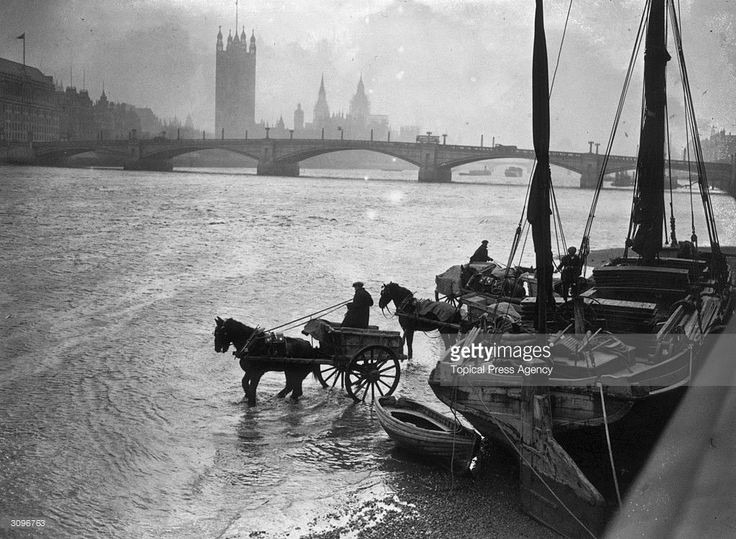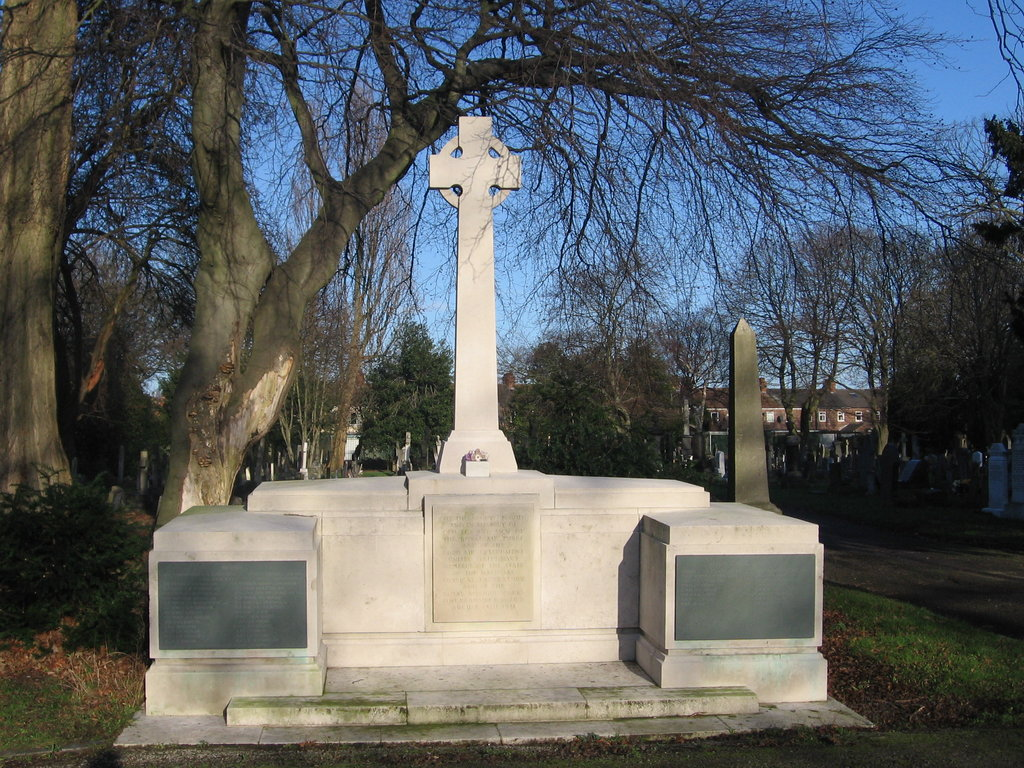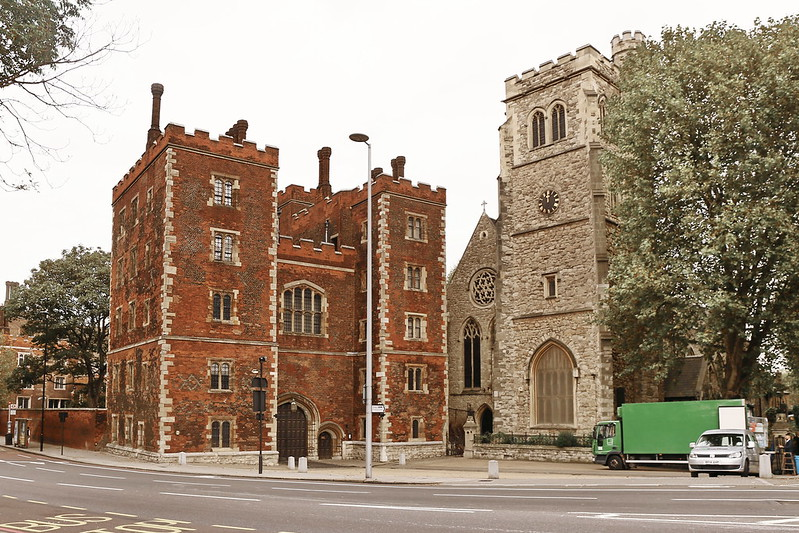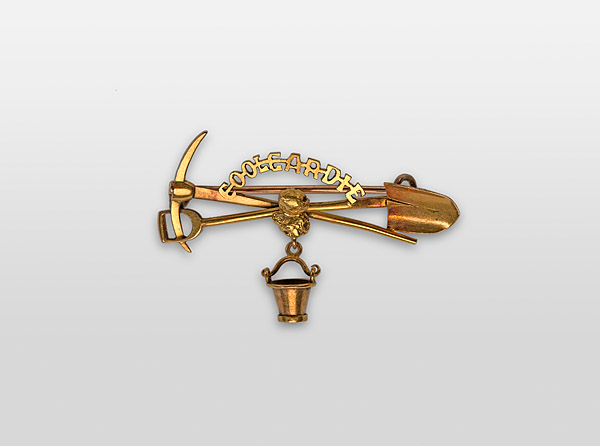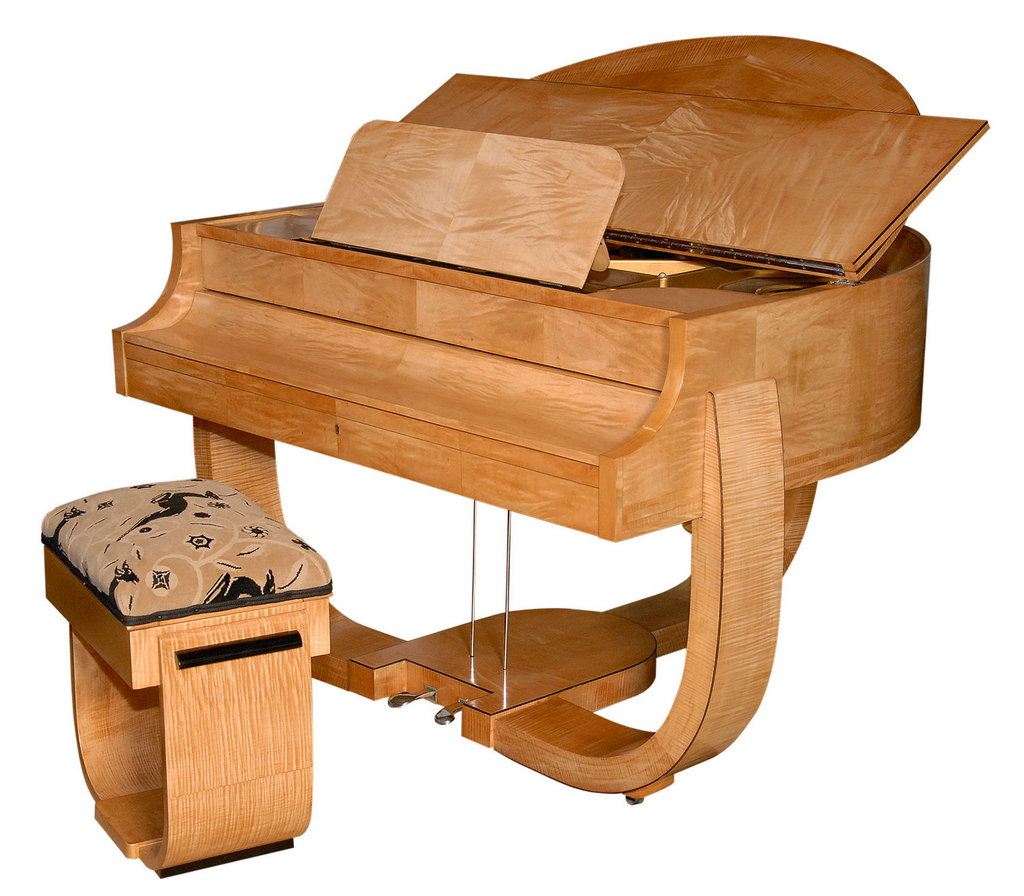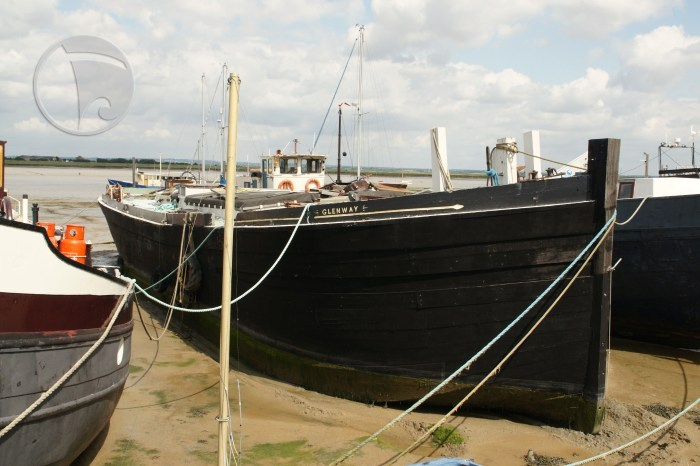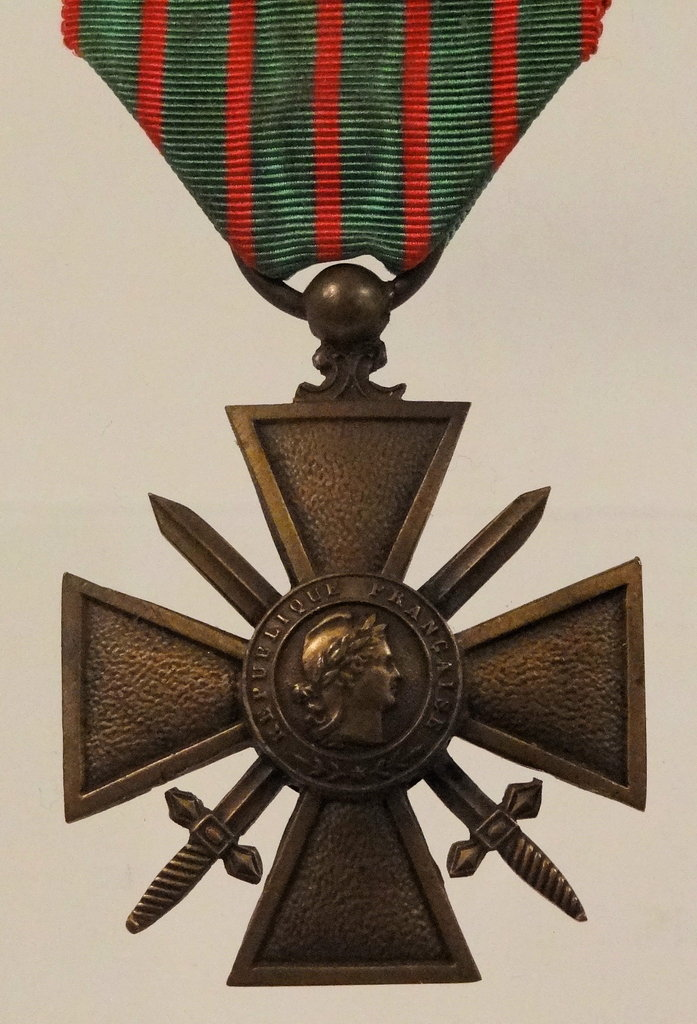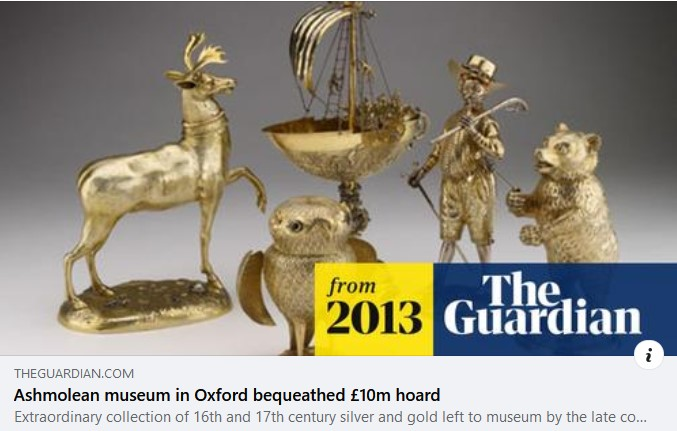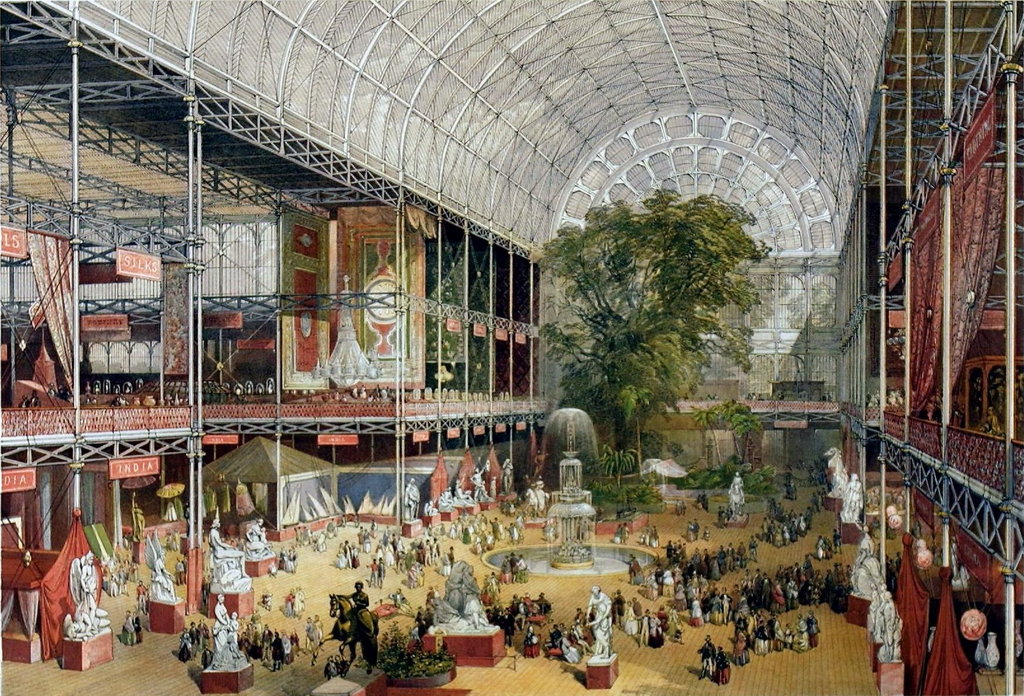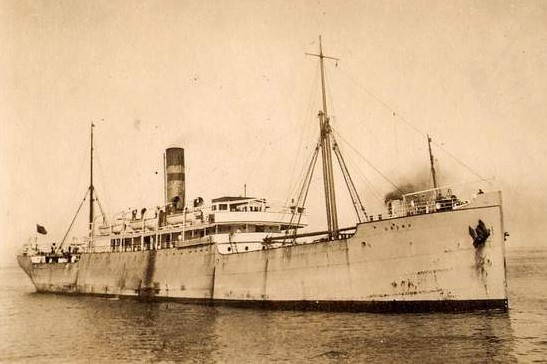Family tree post #79 (12 Nov 2023)
Following Danielle Troop‘s comment on the last post, I’ve looked into the Little family and their Thames sailing barges again.
It was tempting to class them as ‘hay up and dung down’, i.e. feeding the perhaps hundred thousand London’s horses, and clearing away the fertilizer. But there’s no evidence that our family was operating ‘stackie’ barges. Also, they were based on the Medway, which suggests chalk from Strood to Kentish cement works, and cement to London. Also the Essex and East Anglian coastal trade. Perhaps the start of heyday was the start of the annual races, which started in 1864. Centaur (pic National Historic Ships Register) was built in 1895.

The family business was on a larger scale than the Beales’, but much shorter lived. William Burgess Little started the business, and built 25 barges at his Frinsbury yard between 1843 and 1871, several named after family members; his son added several more from 1891 – and operated at least 58. These varyied in tonnage from 40 to 82 (so were way smaller than the steam collier which ran down Zillah Waddilove in post #44). All were built on the Medway and registered in Rochester, bar four built and registered in London, and one registered in Ipswich.
The history of the barge Glenway gives us some a few more clues. She was recorded as having been built by James in 1913 “for the coasting trade,” ferrying cargoes from the East Coast into the port of London. This makes her one of the later barges built – the numbers operated peaked around the turn of the century.

Probably not operated by the family, she is mentioned as “sailing unscathed through the minefields and dangers of World War One, and the economic depression of the 1930s”. However, she was grounded ashore off North Norfolk, so certainly was on coastal duty. Her WWII contribution as a Little Ship (sic) is covered in post #17.

After the war she went back to work for West’s of Gravesend, but in 1951 had a bad accident in the Thames Estuary (or in a storm off Great Yarmouth, depending on whom you believe), went ashore and lost her load. She was then laid up for a long period and never worked again. Later she became a house-boat at Otterham Quay where she sank and was re-floated.
New owners took her to Strood, and she was fully restored at Ipswich and had even regained her original rigging when she was caught at the top of the tide on the jetty, and badly damaged. It was planned to restore her for conversion into a restaurant but when this did not materialise, she was given to the Maldon sea scouts. One day, full of water, she sank at her moorings.
At some point she was a Maritime Heritage Centre, and then or otherwise, had an engine installed and was moved to the Dolphin Barge Museum at Sittingbourne in Kent, getting caught in a force nine gale on the way. The National Maritime Museum have a photo of her there in 1988.
She has been moored Maylandsea, again requiring extensive restoration, since perhaps 2007. Possibly a lucky escape, as the museum was destroyed in an arson attack at year later. Charles Smith recorded her at Maldon (possibly Maylandsea) in 2013. Ernie Stamp took the 2021 pic.

James had retired by 1939. One of his two sons, had become a doctor; the younger – Ivo – had been killed on the R.38 in 1921 (post #65). But WWII marked a steep decline in trade for the barges, and they are nowadays kept going by the heroics of those such as the https://sailingbargeassociation.co.uk/.

